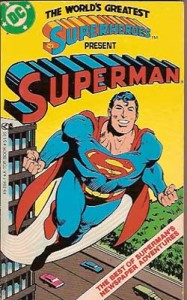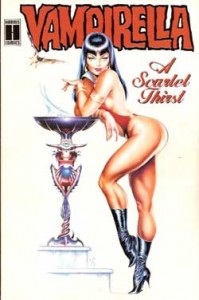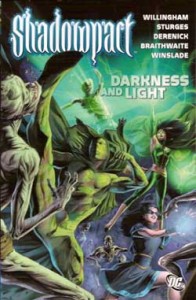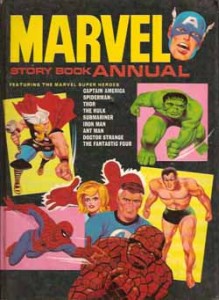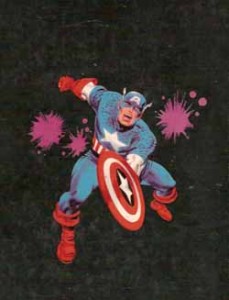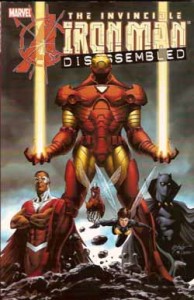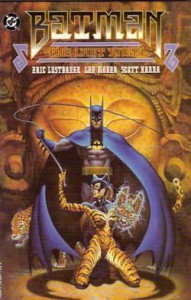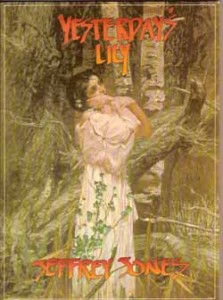
By Jeffrey Jones (Dragon’s Dream)
ISBN: 90-6332-681-5
Jeffrey Catherine Jones was born in 1944 in Atlanta, Georgia, and after studying Geology in college drifted into illustration and commercial art in the late 1960s. As well as painting book covers for Fritz Leiber’s Fafhrd and the Gray Mouser series, Andre Norton’s Postmarked the Stars and many others, he illustrated many tales in science fiction and fantasy magazines, and far too few strips for such comics icons as Creepy and Eerie.
The most notable comic strips were Idyl for National Lampoon (1972-1975) and I’m Age in Heavy Metal but other shorts appeared in many disparate places. Deeply intellectual and philosophical, Jones’ drawing style was classicist and fancifully Romantic, with echoes of N.C. Wyeth as well as Roy G. Krenkel and Frank Frazetta, who were his major competitors for book commissions at the time.
The artist was both stylistically and actually associated with other master stylists Barry Windsor-Smith, Bernie Wrightson, and Michael William Kaluta, who together formed the artist’s cooperative known as The Studio. Coming in at the start of the 1960s paperback fantasy boom, Jones was soon developing a unique personal style across a broad spectrum of genres as a painter of covers.
Even at the early stage this book was published Jones was continually searching for something more, something deeper from art, as both the interview and introduction here express, but personal journeys aren’t really the point here.
What is is the phenomenal beauty and power of the three complete strips ‘Luce’, ‘The Bridge’ and ‘Spirit of ’76’ and the 54 pages of drawings (both pencil and inks) and paintings that are the forerunner of the entire painted comics phenomenon of the 1980s.
How much of a direct influence Jones was on the likes of George Pratt, Jon Jay Muth and all the rest is open to debate of course, but it’s clear – to me at least – that this brief time with painted narrative did much to elevate comics to the status of an adult art form, and it’s far past time Jones was a household name in comics circles again. Reprint, Please!
© 1980 Dragon’s Dream Ltd. Illustrations © 1980 Jeffrey Jones. Introduction © 1980 Irma Kurtz. Interview © 1980 Eric Kimball. All Rights Reserved.

